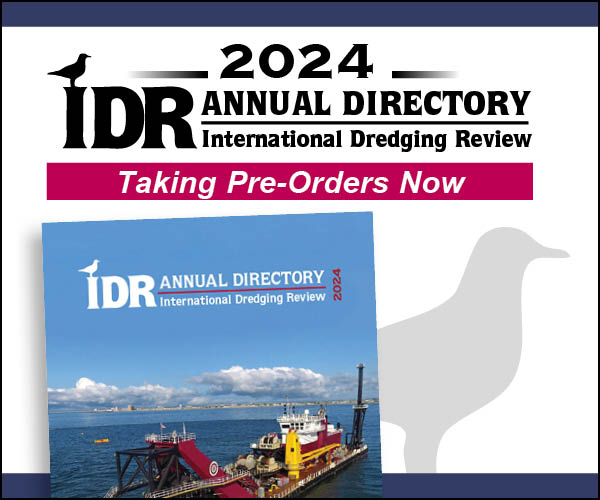New Bedford Harbor Superfund Site Clean-Up Continues
Dredging of the Lower Harbor of the New Bedford Harbor is underway with a $14.9 contract awarded to Cashman Dredging and Marine Contracting of Quincy, Massachusetts. The harbor accommodates the needs to the Port of New Bedford, which is a break-bulk handler of perishable items and also serves as the harbor for a major commercial fishing fleet. The dredging will remove 130,000 to 170,000 cubic yards of sediment that will be placed in the Lower Harbor confined Aquatic Disposal Cell. Work will be completed using the clamshell dredge with a closed environmental bucket, Dale Pyatt.
New Bedford Harbor is a U.S. Environmental Protection Agency Superfund site, as it was contaminated with polychlorinated biphenyls (PCBs) and heavy metals from two previous companies that manufactured electrical devices and improperly disposed of industrial wastes. The 18,000-acre harbor was placed on EPA’s National Priorities list in 1982 and continues to require significant time and funding to clean up.
Outside of the Lower Harbor, the clean-up also includes the Upper Harbor and Marsh Island.
The last round of remediation of subtidal contamination in the Upper Harbor started in October 2017. About 50,000 cubic yards of contaminated sediment is expected to be removed between the fall and early winter of 2018. Sediment is removed with a mechanical bucket, transported to EPA’s de-sanding facility by a pipeline, and finally to EPA’s dewatering facility by a floating/submerged pipeline. At the dewatering facility, the sediment is treated until it is a sludge “cake,” which is loaded onto trains for transport to a PCB landfill in Michigan.
Remediation of certain PCB-contaminated areas of the Marsh Island peninsula began in August 2017. Approximately 1,800 cubic yards of contaminated shoreline sediment was removed and disposed of at an offsite landfill, after being stabilized with cement. The impacted shoreline areas were backfilled with clean sand and topsoil, then restored with native saltmarsh plantings.



